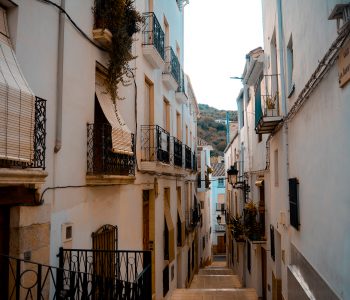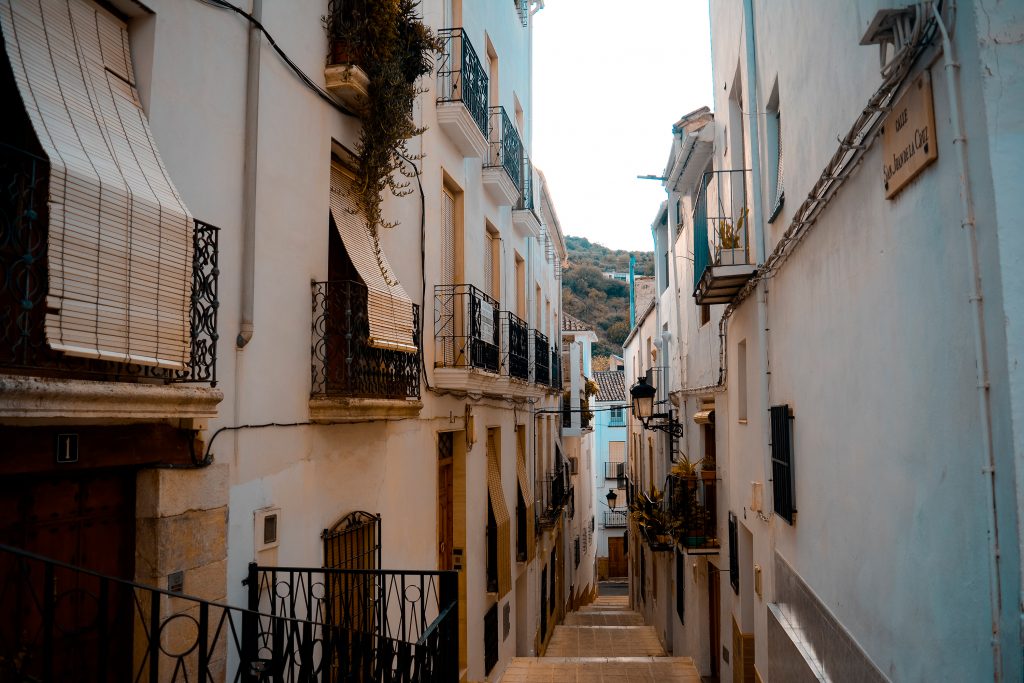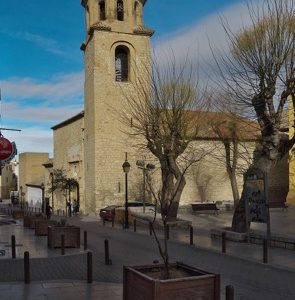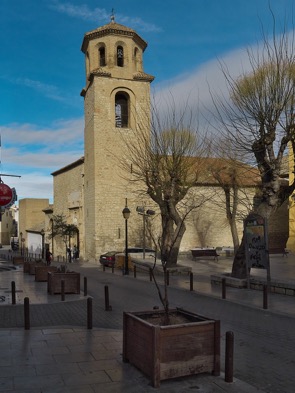
Hospice of Discalced Carmelites

As mentioned in the literary route of Santa Teresa de Jesús, this place, sponsored at the expense of the Carmelite nuns, is posterior to the stay of both mystics in Beas and we recommend that you stroll through it enjoying the typical architecture of the area.
Specifically, the Hospice for the Discalced Carmelites was built in 1659, next to the Iglesia Mayor and very close to the Monastery of San José del Salvador.
The Hospicio today is part of several private properties on Calle Saint John of the Cross, which is historically known as Callejón del Hospicio.




